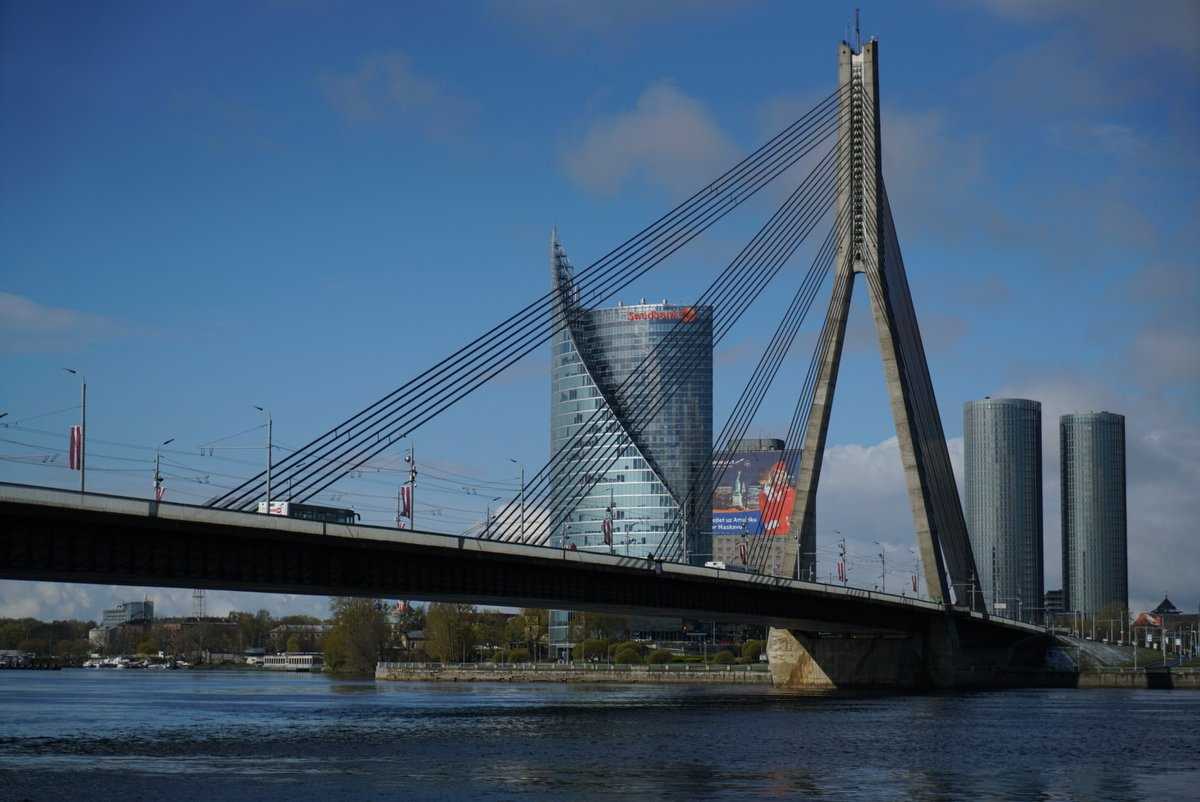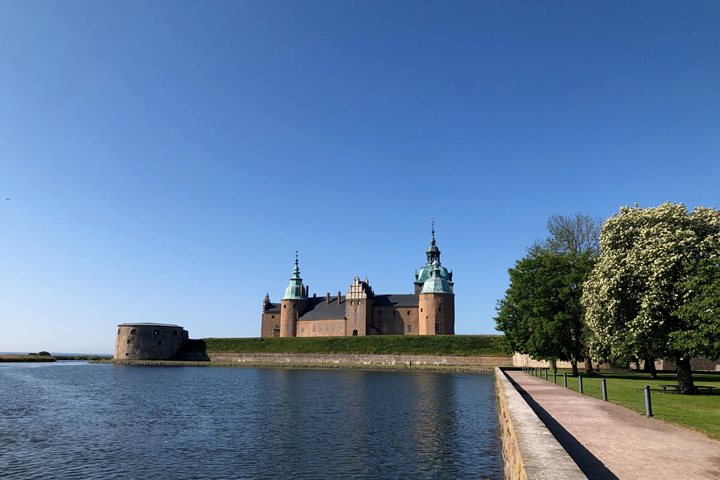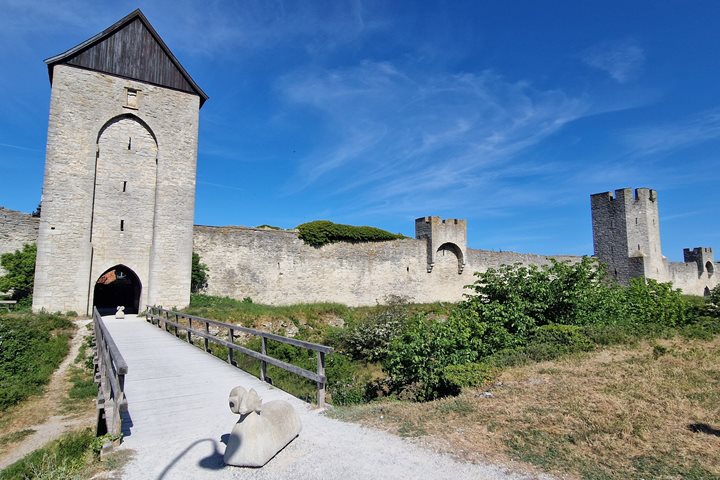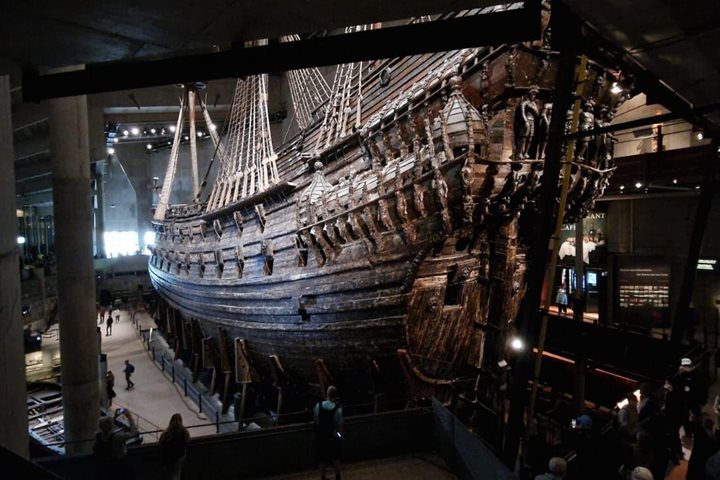We woke up on our second day in Riga, Latvia to a winter wonderland, with a covering of snow on the embankment beside the Daugava River and on cars bringing commuters into the city. Snow in May! A rare sight, even for our local Latvian guides. Despite the snow all our activities went ahead as scheduled, including a bicycle ride and a photo walk, a canal boat cruise, and a visit to the Ethnographic Museum, which is set in magnificent parkland just beyond the city limits.
Frontiers have been a consistent theme on this voyage. The Daugava River, which at 1,020 kilometers is the longest river flowing into the Baltic Sea, served as a tribal and ethnic boundary in the Middle Ages. The walled Hanseatic city of Riga also served as a further border to separate the German merchants who lived intra muros, or within the walls, and the Latvian peasantry outside of them.
In the days of Imperial Russia, Riga was the third most important commercial city in the Empire. Several old Russian Orthodox churches within Riga show the historic presence of ethnic Russians in the city, which allowed us to add another frontier to our collection: this time between western and eastern Christendom which is represented by the Russian Orthodox and Lutheran Protestant traditions
Another frontier could be seen in the use of language following the early translation of the Bible into Latvian following the Reformation. This translation stabilized and promoted the use of a language that, along with Lithuanian, belongs to a small family of Baltic languages within the Indo-European family
Latvia is a small country with a population of under two million, and a quarter of those speak Russian as their mother tongue. For most of its history Latvia has been subsumed into the rival imperial territories of its larger and more powerful neighbors. How then to tell its history? Not by reciting its great military victories or by restoring the palatial residences of its rulers, which is an approach that can be left to the neighbors. Those of us who visited the open-air Ethnography Museum saw an alternative approach to telling a national story, through examples of vernacular architecture assembled from all four historic provinces of the country. These provided a remarkable insight into a lost world of rural self-sufficiency as well as providing some wonderfully peaceful walks through native woodlands, on a cool but spring-like day.







